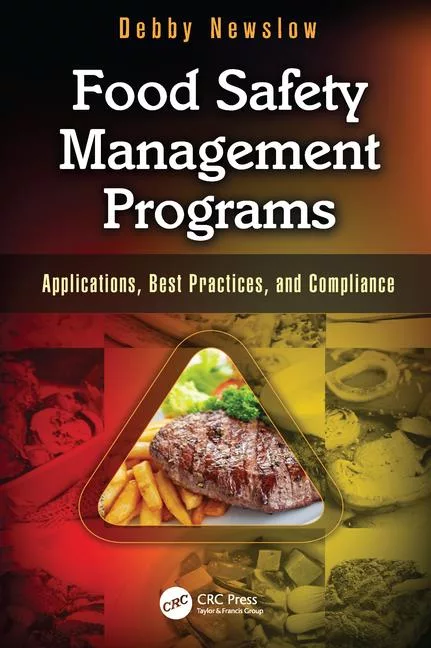Seek & destroy food safety practices in ready-to-eat food plants
When developing an effective seek and destory process, it is important to identify and define whether niche growth of micro-organisms occurs.

Martin Mitchell is chairman of Certified Laboratories, Melville, N.Y.
Now that the Food Safety and Modernization Act (FSMA) is in operation, an aggressive environmental monitoring program is becoming increasingly important, especially where there is potential for post-kill step contamination.
The seek and destroy process (S&D) is an investigative technique based on a more aggressive systems-based approach. This approach has already been widely used in food plants, and has shown success in finding and eliminating persistence pathogen contamination in a post processing environment.
Implementation may involve the following:
- Using a spatial and temporal visible aid of pathogen incidences in a plant to determine weaknesses in process flow.
- Harnessing advanced technology such as molecular strain typing or whole genome sequencing to determine if contamination is transient or a resident harborage.
- Use of rapid method assays, which can deliver results faster than the typical 2-day turnaround time, for faster implementation of corrective action measures.
The S&D process has been routinely used by manufacturers for several applications, including:
- To conduct an investigation for any positive index organisms found during routine environment swabbing.
- To qualify new equipment or when equipment is disassembled between normal shifts, when performing process validation.
- To develop environmental control strategies, including environmental sampling.
- To improve hygienic equipment and plant design.
In addition, the S&D technique plays a major role in managing regulatory requirements such as HACCP, SSOPs, pre-requisite programs and verification in a monitoring program.
When developing an effective S&D process, it is important to identify and define whether niche growth of micro-organisms occurs. This requires locating any microbiological growth that is protected from the sanitation process as evidenced by detection of pathogens or microbial indicator growth following routine or deep cleaning and other disinfection practices. Plant management should work closely on an aggressive cleaning and sampling program to control and manage pathogens and niches of microbial growth.
An important part of an S&D investigation is trying to understand the route where the pathogen was first introduced to the finish products. This requires identifying the harbor location and determining how it contributed to the positive finding. Harborage location can be found within equipment, the facility air environment, separate work zones or even personnel hygiene. The number of sampling points and the frequency of sampling may be adjusted based on results over time with an established threshold. For example, repeated negative findings may suggest that a sampling site be eliminated or frequency of sampling for a particular area may be decreased.
The greater goal of S&D is to bring in action plans that can:
- Verify the effectiveness of S&D for Listeria species.
- Find Listeria species and harborage sites if present in the plant.
- Ensure that corrective actions eliminated Listeria species and harborage sites when found in the plant.
A well-designed S&D program for monitoring the environment of a plant should include:
- Collecting environmental samples (i.e., from FCSs and non-FCSs).
- Testing the collected environmental samples to identify potential sources of contamination.
- Taking appropriate corrective actions if test results indicate the presence of Listeria species or Listeria monocytogenes in an environmental sample.
A well-designed S&D promotes knowledge and awareness of the environmental conditions that could result in product contamination, and is a more effective program than product testing alone. An ongoing challenge for the food and beverage industry is to maintain compliance with USDA and FDA policies while encouraging best practices for identifying new sites of persistent microbial growth, which may expose a company to new compliance concerns.
While some of the challenges for implementing an effective S&D process are being resolved through the support, engagement and commitment of industry management teams, more work needs to be done to develop sufficient evidence for securing regulatory and private sector support of the current S&D programs.
Looking for quick answers on food safety topics?
Try Ask FSM, our new smart AI search tool.
Ask FSM →








